Inkling Workflow
product design | task management
Optimizing the productivity of retail customers’ frontline employees by giving them a tool to empower them to complete tasks at hand and facilitate communication between field and headquarters.
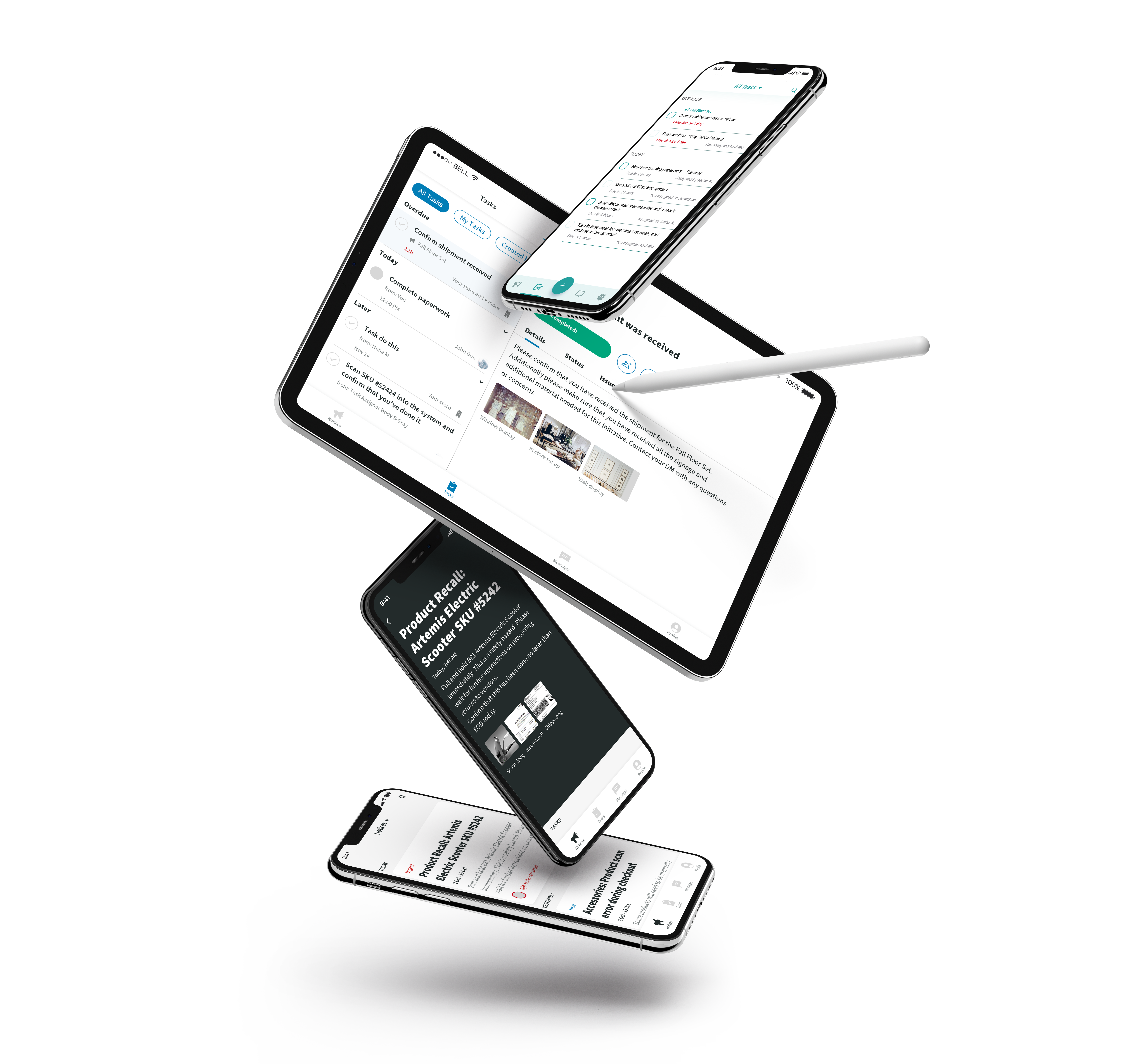
Project Background
In 2017 Inkling was exploring potentially entering the retail operational space and supplement its current learning offering. The team wanted to build a product that would help optimize the productivity of retail customers’ frontline employees.
I was part of this ambitious project to build a new product that would empower retail workers by enhancing their productivity and facilitate communication between field and headquarters.
role
Product Designer
focused on mobile app
Team also consisted of a Product Designer focused on the web offering and 1-2 User Researchers.
team
Inkling Product & Design
timeline
Jan 2017 – Dec 2017
The project was kicked off in January 2017 and the MVP was launched in mid-October. There were Alpha, Beta & Beta 2 releases before MVP.
Existing
Problems
Current retail workflows (in 2017) have numerous problems that were not being effectively addressed by existing solutions on the market. Often productivity, and eventually sales, would take a hit due to poor management and communication solutions.
field workers
-
Lack of a digital task tracking system, adding to a coordination nightmare.
-
No two-way communication channels between field and HQ.
-
Too many scrappy ways of communicating within the field – phone calls, texts, email, etc.
hq / corporate employees
-
Zero visibility into completion of initiatives by stores.
-
No insight into how initiatives are impacting sales.
-
Planning, drafting and sending communication takes a lot of effort.
Challenges
product challenges
-
Looming retail blackout period beginning Oct 2017
-
Finding the right product market fit
-
Competing with existing solutions, which are deeply entrenched in day-to-day workflows
design challenges
-
Short window of opportunity meant the team had to quickly decide on a design direction.
- Lack of consistent design system / language
- Need to support existing product which still needed TLC.
- Attrition left the team with no design leader, and ICs spread thin.
Process & Goals for MVP
The team needed to quickly build and ship a product, in order to gauge product market fit before investing more resources and time. We took on an iterative approach where we –
-
Shipped Alpha and Beta versions of the product in order to get preliminary feedback.
-
Identified existing customers who would be willing to implement pilot programs within a few of their stores.
-
Frequent user research and feedback sessions were key in identifying iterations needed for a successful MVP launch.
-
Onsite visits with pilot customers to see how they were using Inkling during their workday.
- The design team only consisted of two designers at this stage, so we lead the end-to-end product design on mobile and web between us.
Target Users
The User Research team had started generative research prior to the official project kickoff. Based on their input the Product team drafted 5 personas who would benefit from Inkling Workflow. Three of these personas were field users who would use Workflow on their mobile devices, and the two personas at HQ would have access to the Workflow web dashboard.

store associate

store manager

district manager

store comms manager

vp of store ops
FIELD USERS
HQ USERS
Features
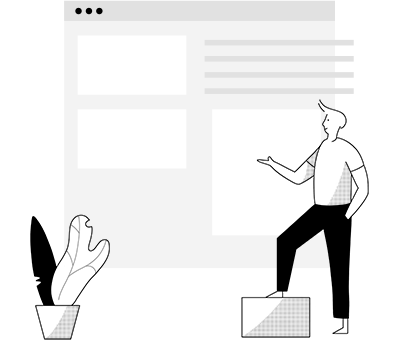
Notices
Notices are a way for HQ to send down initiatives and communications to the field.
Tasks
Tasks allow tracking status and completion of ongoing initiatives.
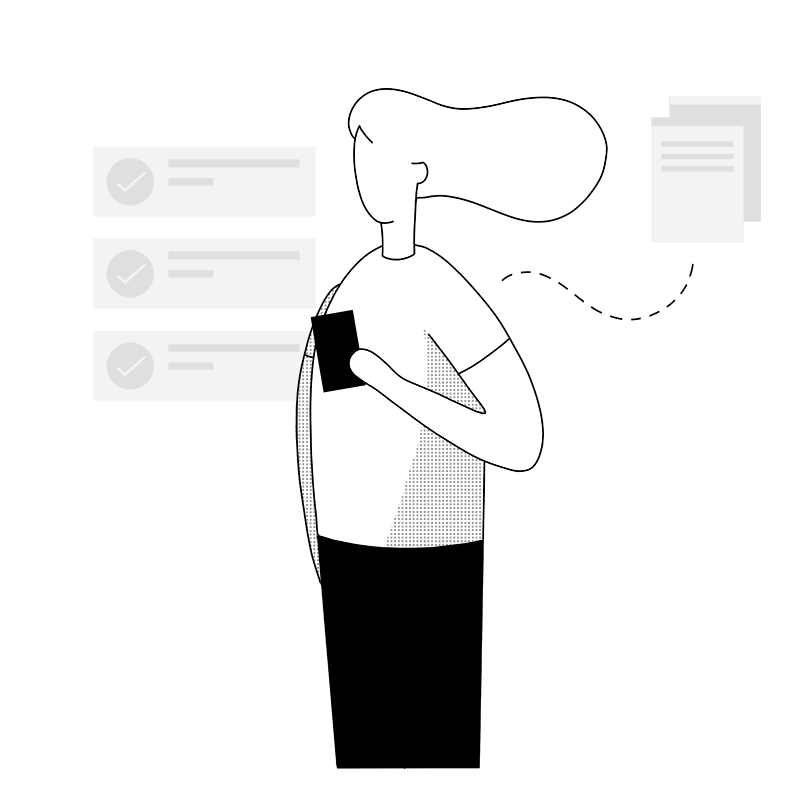
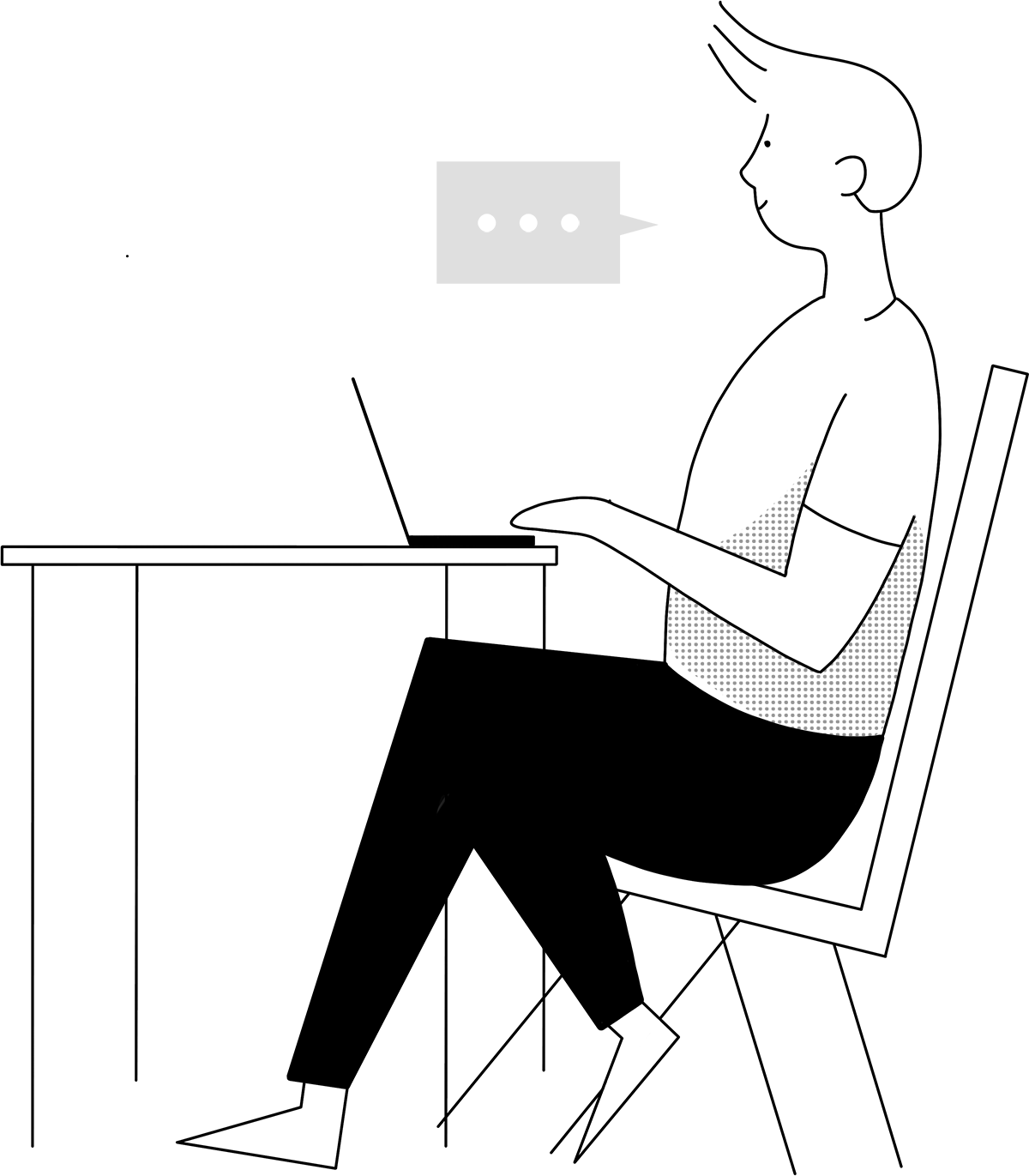
Messages
Field workers can communicate with each other through instant messaging.
Workflow
Alpha
Inkling Alpha was released in April 2017, and actively used by a pilot customer. This was shipped with the intention of validating product market fit and getting feedback on features and functionality.
Learnings from Alpha
-
While the features offered in Alpha were extremely useful, they felt very disconnected from each other and did not create a cohesive experience.
-
The UX of using messaging as a backbone to create tasks and send notices is restrictive & unintuitive.
-
The old world of Inkling documents does not fit in with daily workflow management.
-
New product strategy – focus on mid-market retail
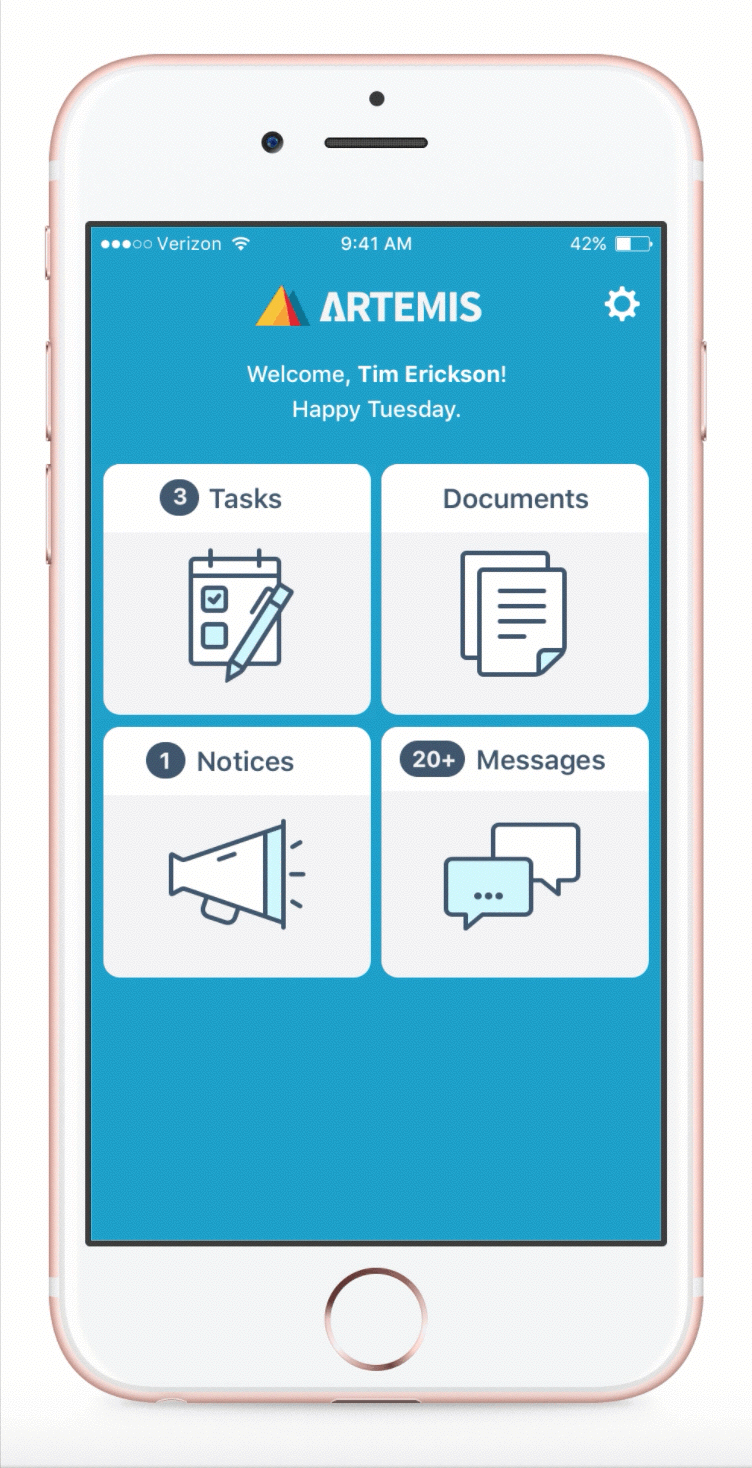
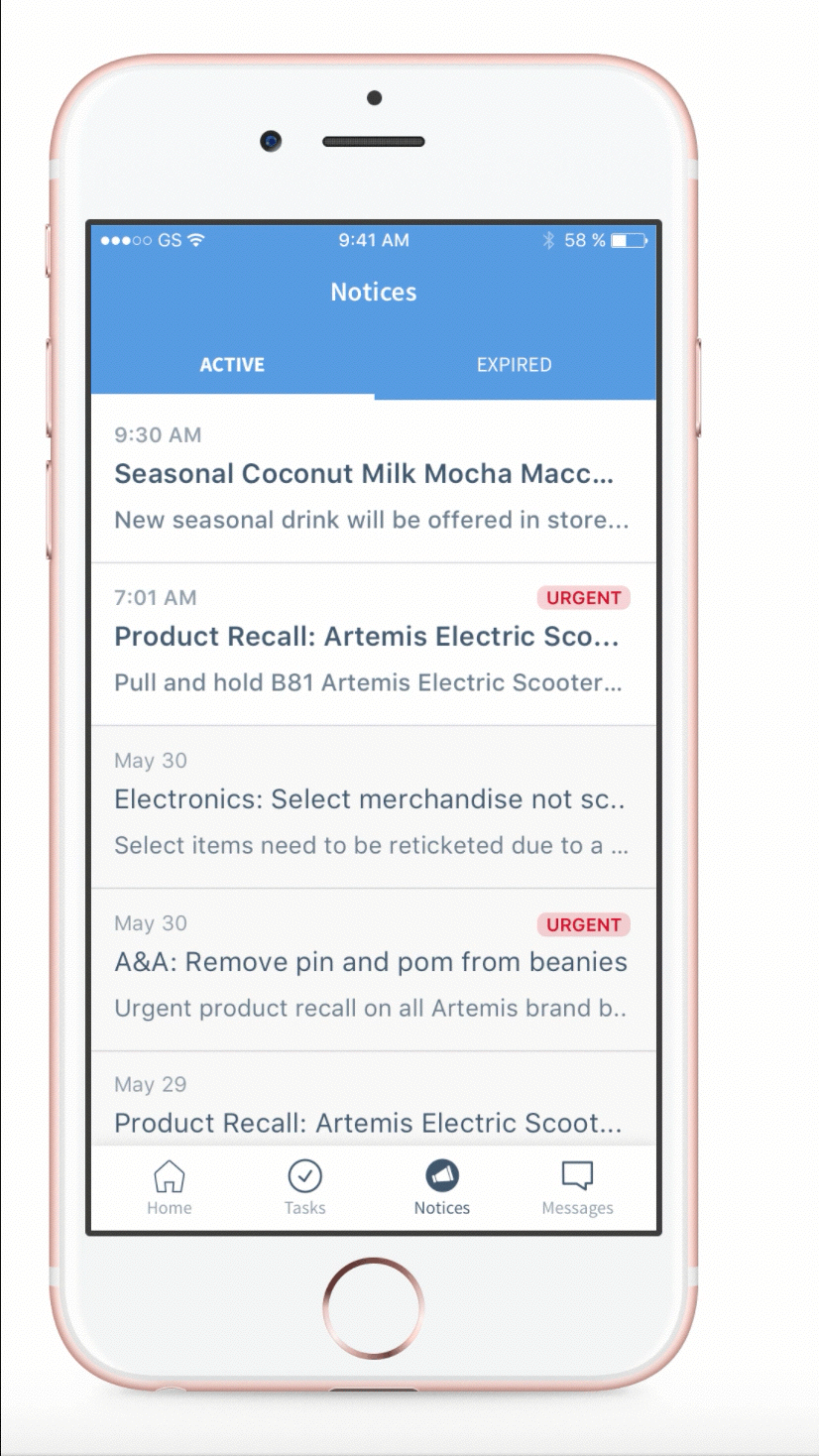
Workflow
Beta
Based on the team’s learnings from Inkling Alpha, the next version Beta had a specific goal to understand more about mid-market retail. We also took the opportunity to revisit UX & the information architecture of features. Additionally, we focused on HQ down communications (Notices) in order to incentivize HQ to use Inkling.
Learnings from Beta
- Currently, store associates in mid-market retail have limited access to devices and don’t necessarily have a single device per associate.
- HQ needs a way to send tasks down to stores and track their completion.
- Overall user experience needs a lot of design TLC.
Workflow
Beta 2
With Beta 2, the team needed to provide a way for HQ to create, send and track tasks. It was also important to optimize functionality for District Managers. This was a tricky task as the Information Architecture for tasks in the app needed to be overhauled to accommodate District Manager use cases.
Learnings from Beta 2
-
Task information architecture is too complicated
-
District Manager functionality needs a more optimization
-
The information hierarchy between Notices & Tasks is not apparent and needs to be made more obvious
-
General usability issues need to be addressed
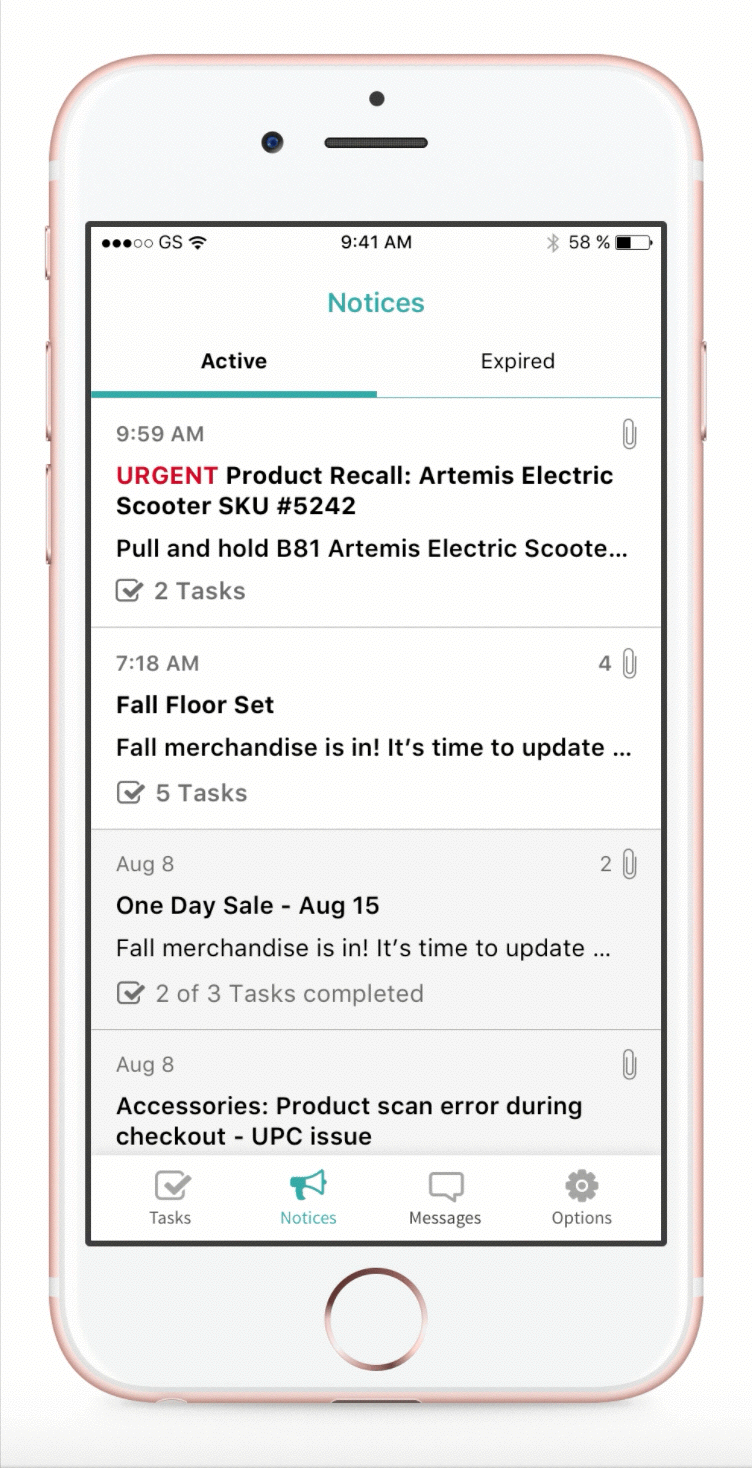
GA & Beyond
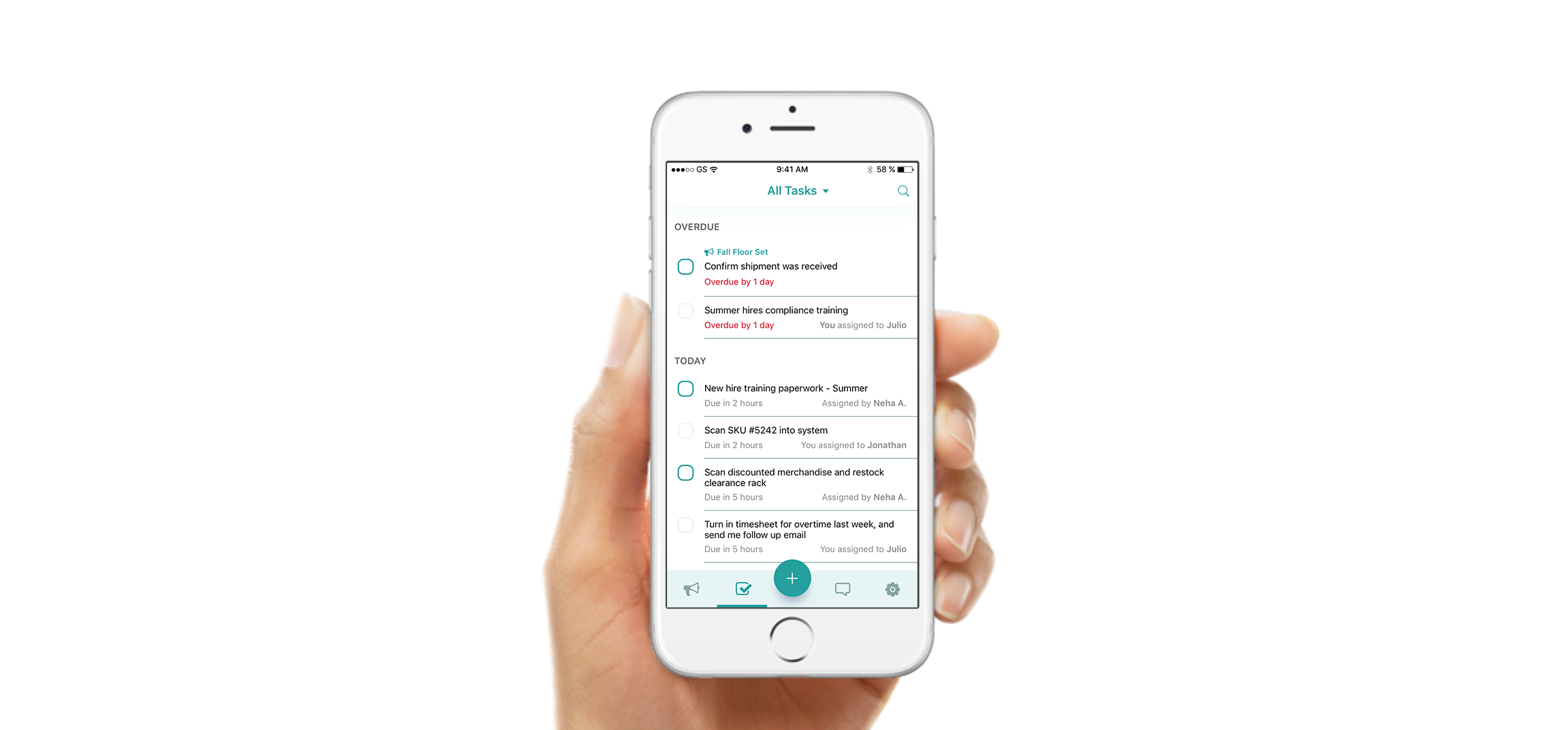
What does success look like?
Since ROI is tied to execution, post MVP launch (as of Oct ’17), the Product team focused on achieving success metric targets, which include:
- Daily Active Users
Understanding the number of people who are logging in on a daily basis out of the total number of people who have access to the software. The goal is that this stays consistent over time as users keep coming back to the product.
- Task Completion
When a store or an individual marks a task as complete it will count as one completion. It will also take into account overall completion percentage and then consider whether completion happened on time or not.
Goals
product goals
-
Cross org execution support including raising and resolving issues on tasks, recurring tasks, reassigning tasks.
-
Enabling conversations around tasks.
-
Consider handling open tasks which have no assignees and reassignment of tasks.
-
Designing for very specific roles: Store & District managers and Store Associates experiences need to be separated.
-
Potentially including shift swapping & scheduling in the near future.
design goals
-
Now that core functionality is locked down, design an intuitive and delightful experience.
-
Simplify Task IA, and tailor it specifically for the user role.
-
Add more functionality to Messages, so that it’s on par with current messaging apps.
-
Optimize for tablets since they are largely used as in-store devices
-
Continue to iterate on general UX: revisit handling of store uploaded photos, revise UI for Tasks & Notices
-
Create a scalable, componentized design system & language that is easy to implement and reflects the Inkling brand.
Visual Design Explorations
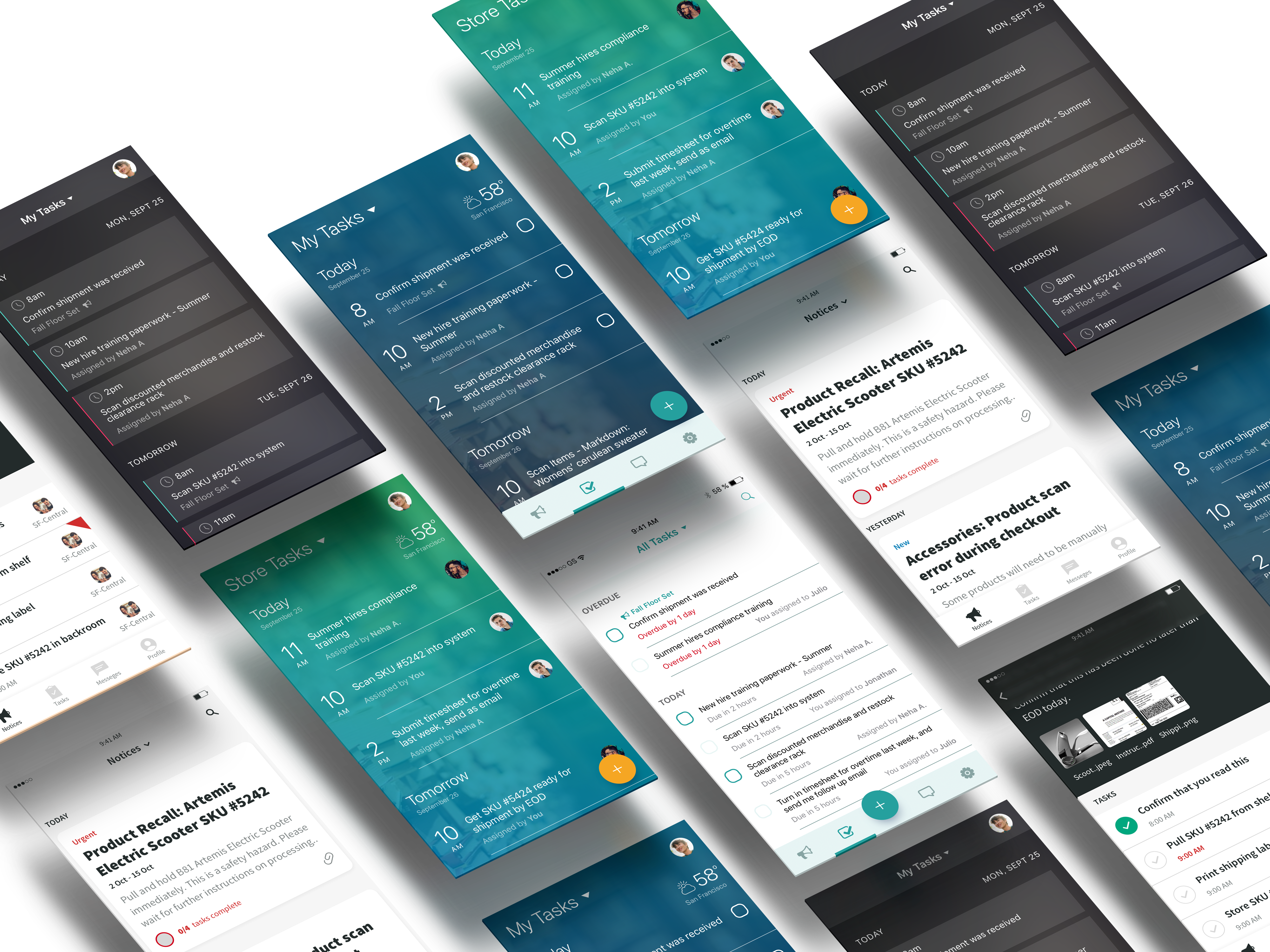
Final Visual Direction
As of October 2017, the Product Design team has reached a consensus on general visual design direction. The details are still evolving and will be finalized by December 2017, targeting to demo at the National Retail Federation’s Big Show in January 2018.
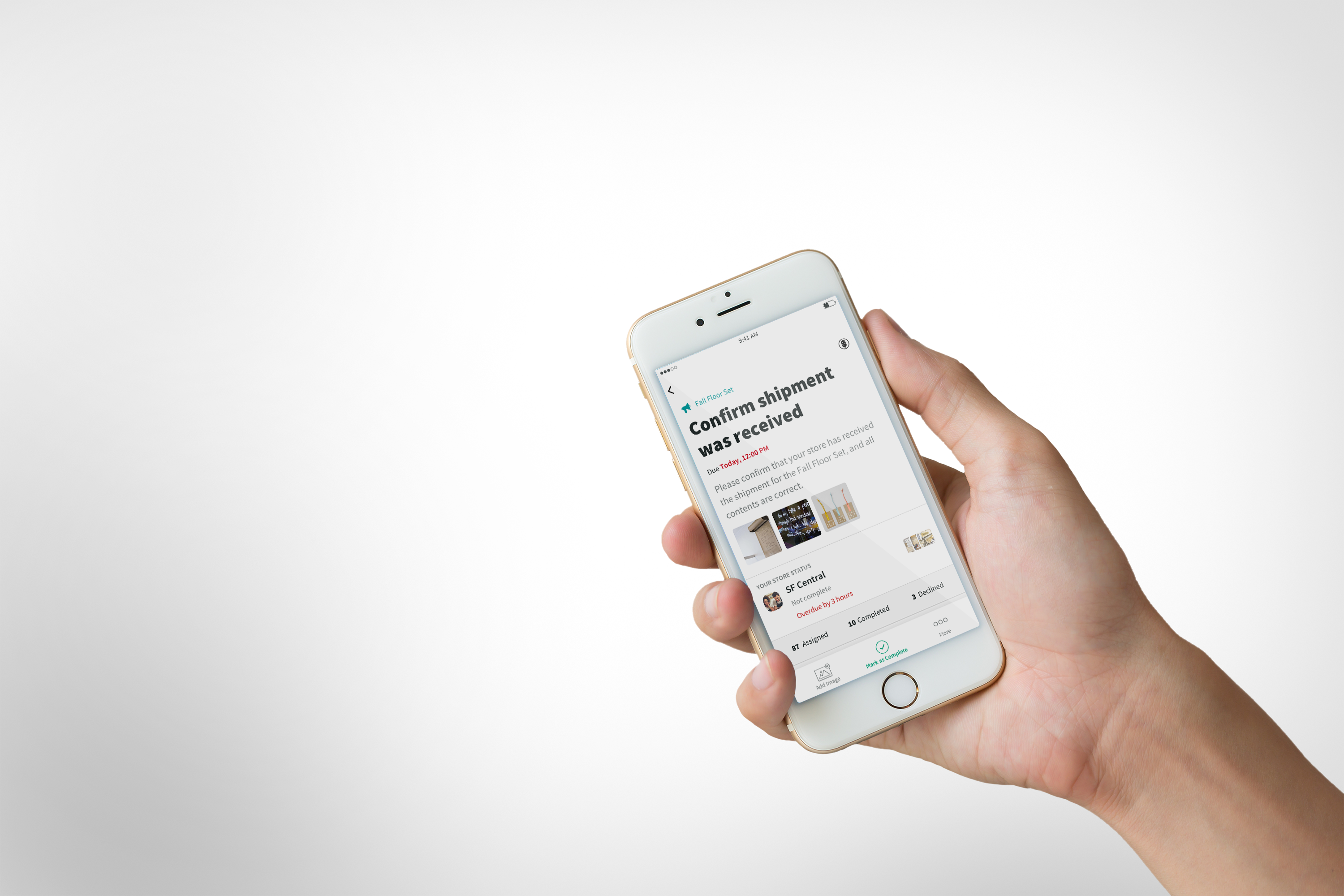
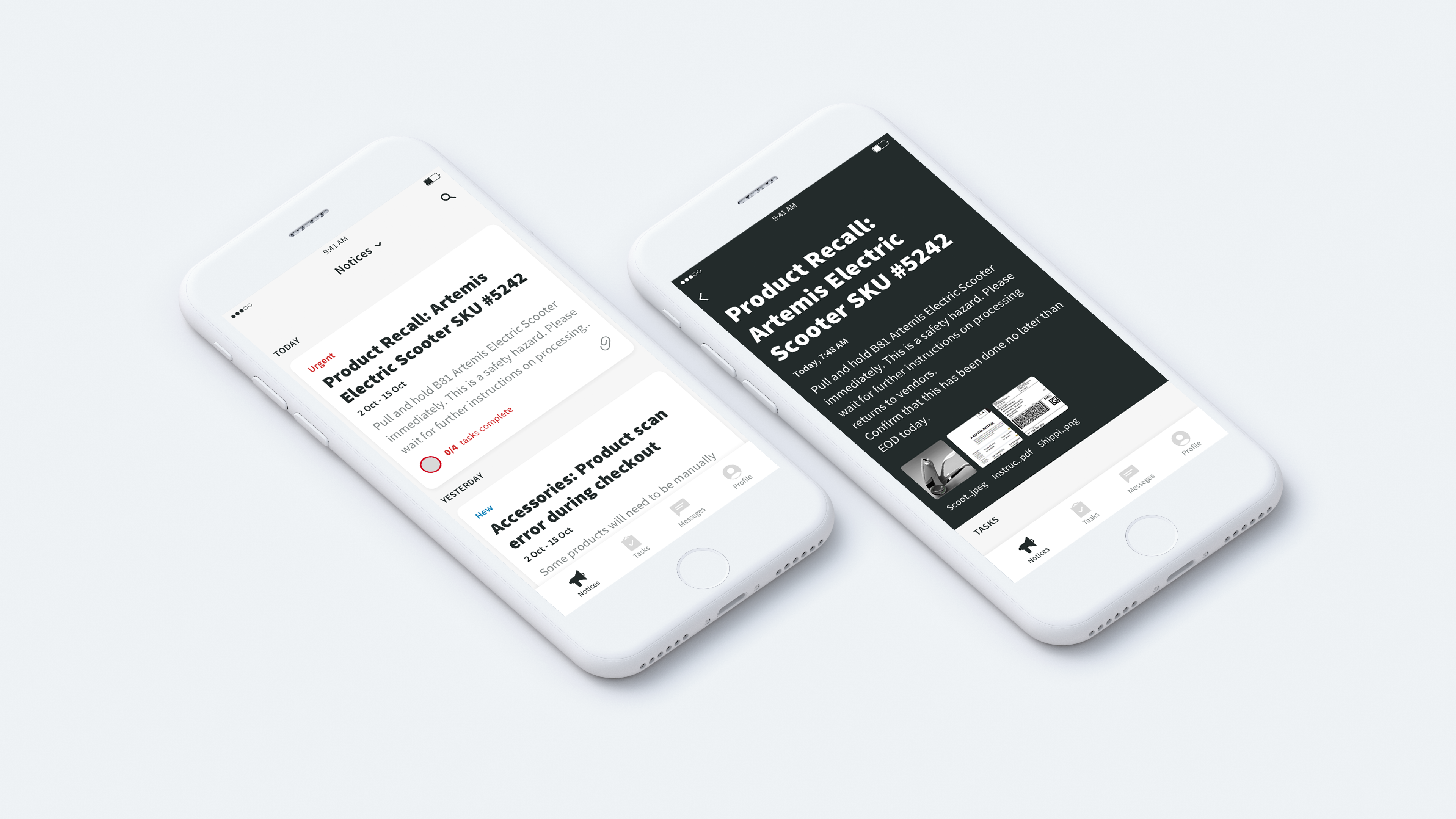
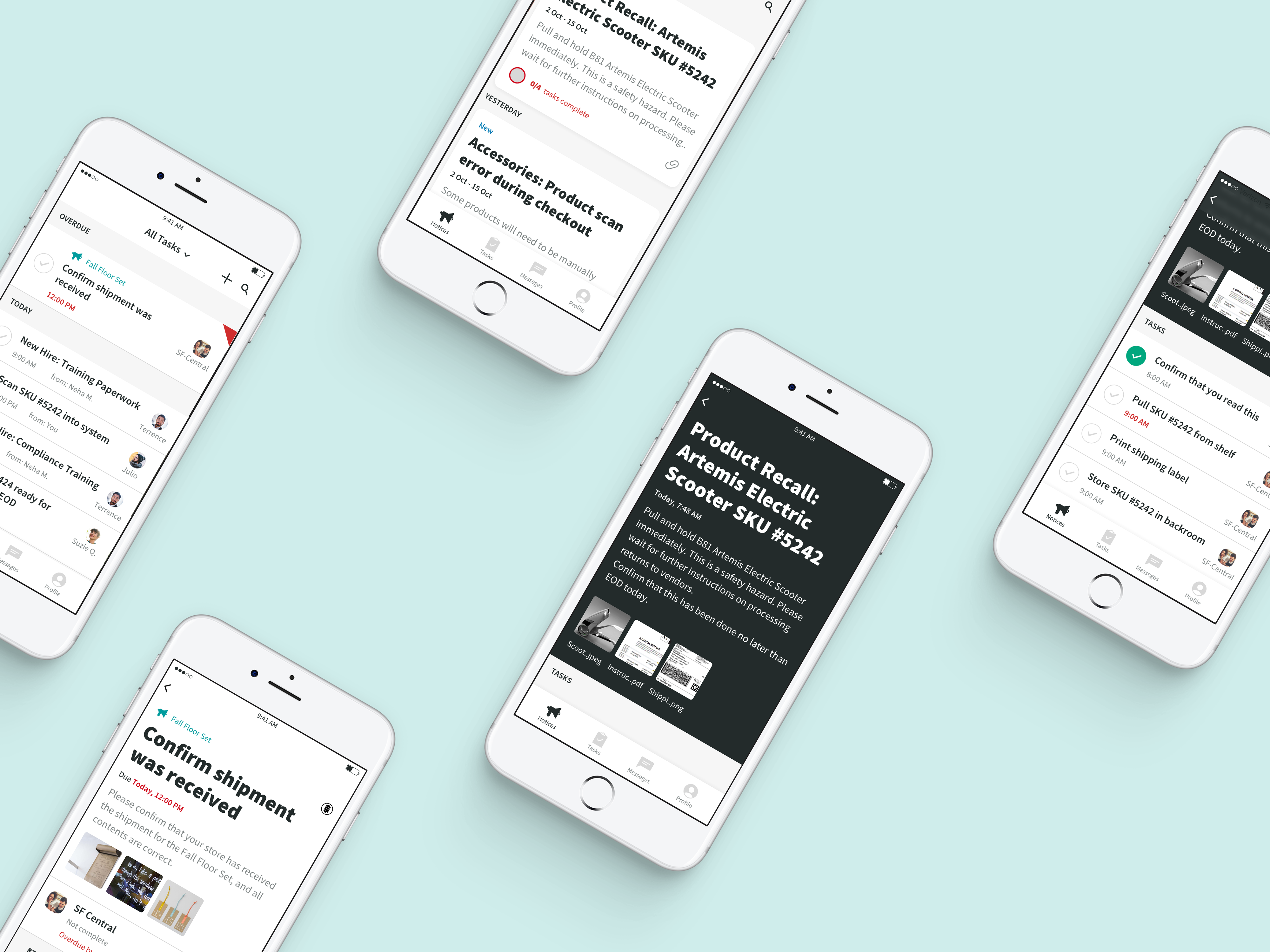

Thanks for Reading!
I’d love to chat if you have any questions about this project or my work.
